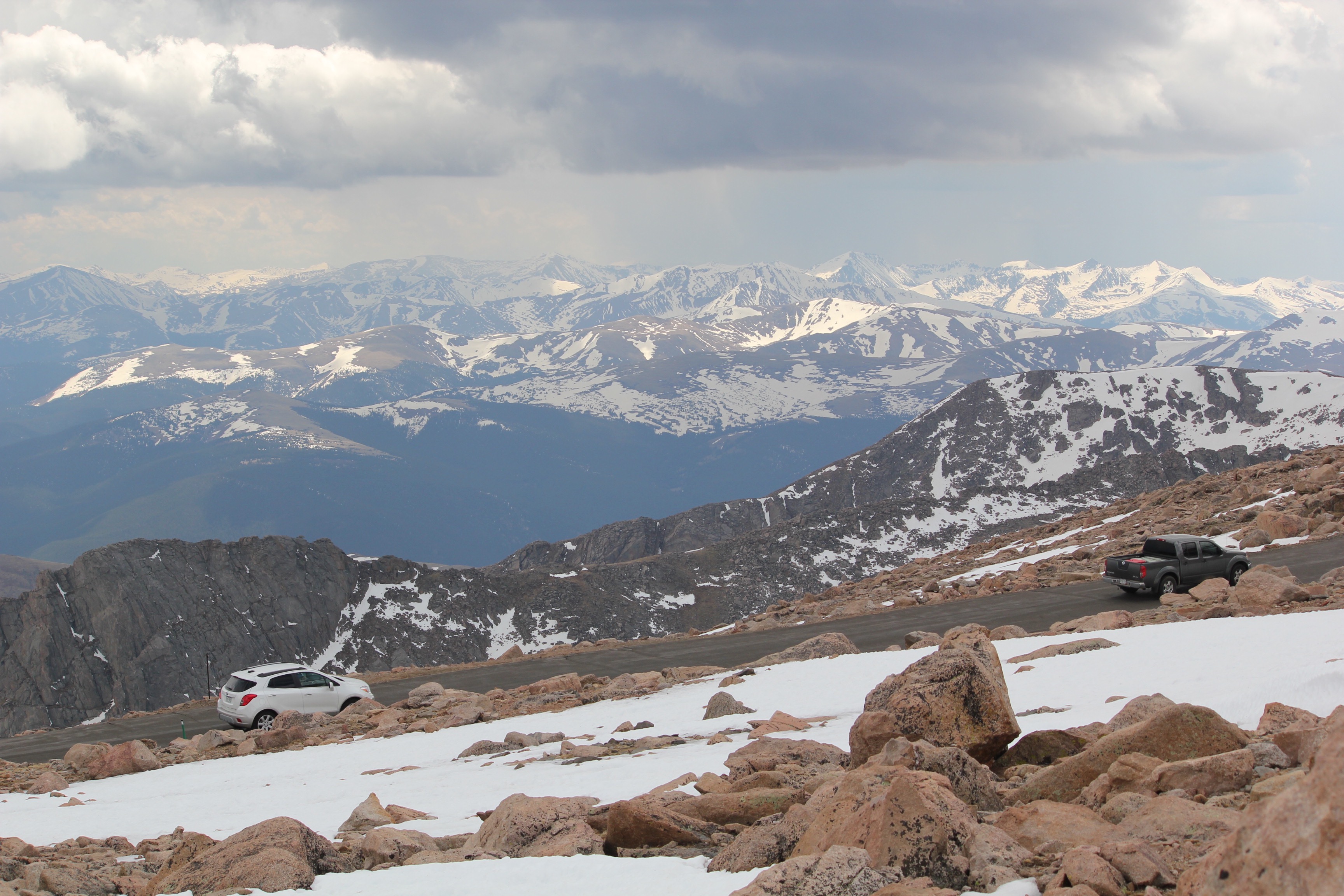by Kenneth Harper Finton, photos by author

After mating, drake Mallard ducks shed their feather and look like the female. It is called “eclipse plumage”. Above is a Mallard beginning to shed for his eclipse phase.
The Mallard drakes cannot fly when they molt their wing feathers. This period lasts a month or more until they grow new feathers. The hen-like feathers help to protect and conceal them during this flightless period. By late summer, they again molt and grow the spectacular plumage they use fro attract a mate in the mating season.


“Feathers are a marvel of natural engineering, but they require constant care and must be replaced periodically to maintain peak performance. Waterfowl spend a couple hours each day just caring for their feathers. An oil gland at the base of the tail secretes a preening fluid that keeps feathers soft and pliable, which in turn prevents them from breaking, keeps them waterproof, and enhances their aerodynamics. Waterfowl use their bills to distribute this fluid throughout their feathers while preening. Ducks and geese also use their bills to realign their feathers and reconnect any Velcro-like barbules that have become separated.” http://www.ducks.org/conservation/waterfowl-biology/waterfowl-feathers/page2
Ducks and geese rely on their feathers to keep warm. Down and feathers have been a used to keep humans warm for millennia.
 The Mallard’s head is usually green but its iridescent feathers reflect and absurd caring amounts of light creating a lustrous shine and changes color depending upon the sunlight and the angle at which it is viewed.
The Mallard’s head is usually green but its iridescent feathers reflect and absurd caring amounts of light creating a lustrous shine and changes color depending upon the sunlight and the angle at which it is viewed.
Like anything else, feathers wear out. Plucked and lost feathers are replaced right away, but broken and worn feathers are kept until they molt. All the species are flightless during the molting season until the new feathers replace the old.
“Female ducks molt as well, but differences between their basic and alternate plumage are far more subtle. Hens molt into their basic plumage just before nesting and keep this plumage until after the wing molt and brood-rearing activities are complete. Geese typically undergo just one complete molt a year, which has a much less noticeable effect on the birds’ appearance.” – http://www.ducks.org/conservation/waterfowl-biology/waterfowl-feathers/page2http://www.ducks.org/conservation/waterfowl-biology/waterfowl-feathers/page2


https://www.allaboutbirds.org/guide/Mallard/lifehistory
Cool Facts
•The Mallard is the ancestor of nearly all domestic duck breeds (everything except the Muscovy Duck). Domestic ducks can be common in city ponds and can be confusing to identify—they may lack the white neck ring, show white on the chest, be all dark, or show oddly shaped crests on the head.
•The widespread Mallard has given rise to a number of populations around the world that have changed enough that they could be considered separate species. The “Mexican Duck” of central Mexico and the extreme southwestern United States and the Hawaiian Duck both are closely related to the Mallard, and in both forms the male is dull like the female. The Mexican Duck currently is considered a subspecies of the Mallard, while the Hawaiian Duck is still given full species status.
•Mallard pairs are generally monogamous, but paired males pursue females other than their mates. So-called “extra-pair copulations” are common among birds and in many species are consensual, but male Mallards often force these copulations, with several males chasing a single female and then mating with her.
•Mallard pairs form long before the spring breeding season. Pairing takes place in the fall, but courtship can be seen all winter. Only the female incubates the eggs and takes care of the ducklings.
•Ducks are strong fliers; migrating flocks of Mallards have been estimated traveling at 55 miles per hour.
•The standard duck’s quack is the sound of a female Mallard. Males don’t quack; they make a quieter, rasping sound.
•Mallards, like other ducks, shed all their flight feathers at the end of the breeding season and are flightless for 3–4 weeks. They are secretive during this vulnerable time, and their body feathers molt into a concealing “eclipse” plumage that can make them hard to identify.
•Many species of waterfowl form hybrids, and Mallards are particularly known for this, hybridizing with American Black Duck, Mottled Duck, Gadwall, Northern Pintail, Cinnamon Teal, Green-winged Teal, and Canvasback, as well as Hawaiian Ducks, the Grey Duck of New Zealand, and the Pacific Black Duck of Australia.
•The oldest known Mallard was a male, and at least 27 years, 7 months old when he was shot in Arkansas in 2008. He had been banded in Louisiana in 1981.
Credits
•Drilling, N., R. Titman, and F. McKinney. 2002. Mallard (Anas platyrhynchos). In The Birds of North America, No. 658 (A. Poole and F. Gill, eds.). The Birds of North America Online, Ithaca, New York.
•Dunne, P. 2006. Pete Dunne’s Essential Field Guide Companion. Houghton Mifflin, New York.
•Ehrlich, P. R., D. S. Dobkin, and D. Wheye. 1988. The birder’s handbook. Simon & Schuster Inc., New York.
•North American Bird Conservation Initiative, U.S. Committee. 2014. State of the Birds 2014 Report. U.S. Department of Interior, Washington, DC.
•U.S. Fish and Wildlife Service. 2015. Waterfowl Population Status, 2015. U.S. Department of the Interior, Washington, DC.
•USGS Patuxent Wildlife Research Center. 2015. Longevity Records of North American Birds.
•USGS Patuxent Wildlife Research Center. 2014. North American Breeding Bird Survey 1966–2014 Analysis.

 Consider the hooded merganser
The best-looking bird in the land, sir.
You can tell by his stance
From the very first glance
That he is quite ripe for romance, dear.
Consider the hooded merganser
The best-looking bird in the land, sir.
You can tell by his stance
From the very first glance
That he is quite ripe for romance, dear.





















